On a hot July day, inside a greenhouse in Shiga Prefecture, Japan, 30-meter-long strips of fabric spread out in the sunlight gradually turn a very special color, the deep burnt orange of kakishibu (persimmon juice).
According to the Japan Times, this process is a very unique Japanese dyeing technique. By being exposed to sunlight and repeatedly immersed in vats of natural dye, the fabric will gradually turn a light amber color before turning a deep yellow.
This method is called kakishibu-zome, a natural dyeing method from kaki (Japanese persimmon), which has existed in Japan for over a thousand years.
Kiyoshi Omae, a second-generation expert in the art of dyeing fabrics with fermented persimmon juice, says the dye acts like an invisible film that creates a protective layer and helps filter the air.
The dye is made from green persimmons, which are pressed and left to ferment for two to three years. The process is closely monitored.
Unlike aizome (natural indigo dye) which produces a deep blue color when the dye is exposed to air and then oxidizes, pink tannin dye reacts with sunlight and produces shades of orange, amber, and brown.
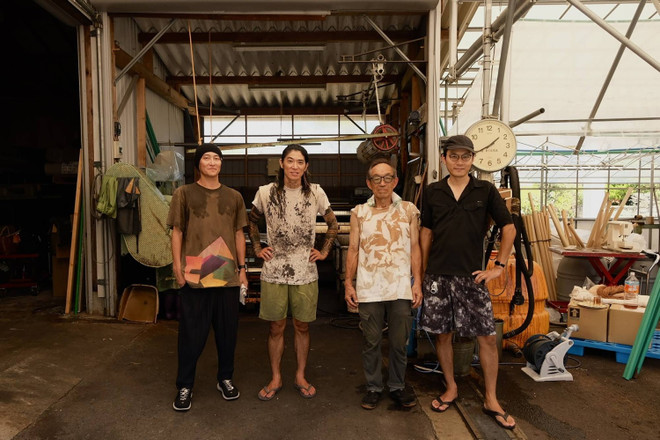
Products dyed with tannins from persimmons can have a wide range of colors, from a light orange to a darker orange.
In ancient times, this dyeing technique was used on everything from wood to washi paper and natural fabrics. This anti-fungal, anti-insect, and waterproof dye was also used by carpenters and woodworkers to coat wood.
Fishermen and farmers used kakishibu-zome for clothing and tools such as fishing nets. Artisans of katazome, a stencil-dyeing method for silk kimonos, would use pink-dyed stencils because of their strength and durability.
Pink tannin-dyed fabric is created in three stages: dyeing, spinning, and drying. Depending on the desired color and shade, this cycle can be repeated up to three times.
Any excess liquid, extracted using large stainless steel spinning machines, can be reused many times, and the fabric is dried in large greenhouses where abundant natural light can activate the tannins while protecting the fabric from wind, animals and insects.
“This is a completely sustainable production method,” Kiyoshi Omae added. “I want to take advantage of natural resources in my production process.”
When drying in natural sunlight, persimmon juice dyed fabrics must be carefully checked as wrinkles and folds can affect the setting process.

Located in Higashiomi, Shiga Prefecture, Omae’s dyeing workshop is located in the only area in Japan that has ever produced three major fabrics (cotton, silk and linen) thanks to its proximity to Lake Biwa, the country’s largest freshwater lake. The lake’s abundant water and high humidity created ideal conditions for textile production.
Since at least the 17th century, the village of Higashiomi has produced high-quality linen fabrics such as ramie or hemp along with silk in Nagahama on the northeastern shore of Lake Biwa, while cotton was produced in Takashima across the shore to the west.
However, the industry is in sharp decline due to cheaper mass-produced synthetic dyes, coupled with
Additionally, the increase in Asiatic black bear populations in residential areas adjacent to undeveloped forests also adds to the danger factor for persimmon farmers.
“Persimmon growing is often done on mountain slopes where large machinery cannot reach, so the fruit is often picked by hand,” Omae said. “This type of work is no longer popular.”
Omae sources its kakishibu dye from Iwamoto Kametaro in Kyoto Prefecture, which currently produces half of all the dye in Japan.
“There are only three manufacturers left that can produce dye on an industrial scale,” Omae said.
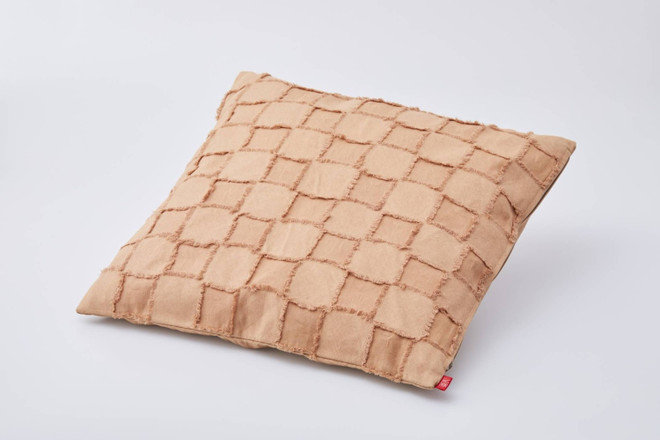
While 45% of persimmon juice is used by textile workers like Omae, the remaining 55% is used in food production. Because the fruit is rich in antioxidants and anti-inflammatory properties, it was once used as a folk medicine. Today, persimmon juice is an ingredient in health supplements, soaps, and scented sprays.
Ultimately, the market will dictate trends, Omae notes. However, he believes that environmentally friendly dyeing methods in textile production are key to the future of the craft.
“This technique has existed for 1,000 years, so I want it to continue to be maintained and passed on to the next generation.”./.
Source: https://www.vietnamplus.vn/kham-pham-phuong-phap-nhuom-doc-dao-cua-nguoi-nhat-mang-den-mau-cam-chay-dac-biet-post1074943.vnp





![[Photo] Opening of the 14th Conference of the 13th Party Central Committee](https://vphoto.vietnam.vn/thumb/1200x675/vietnam/resource/IMAGE/2025/11/05/1762310995216_a5-bnd-5742-5255-jpg.webp)


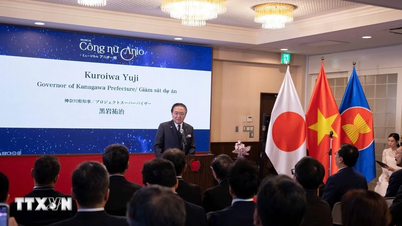






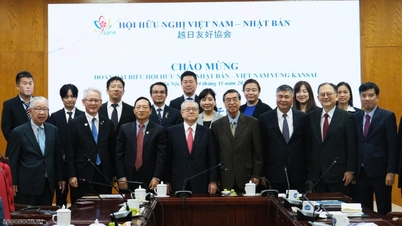

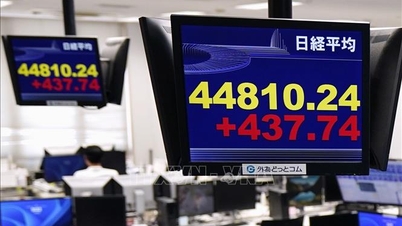

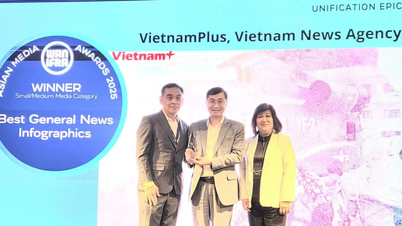












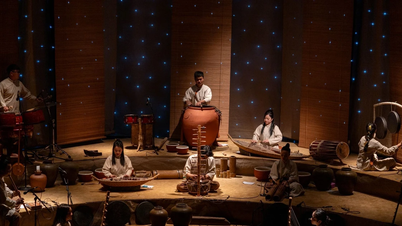
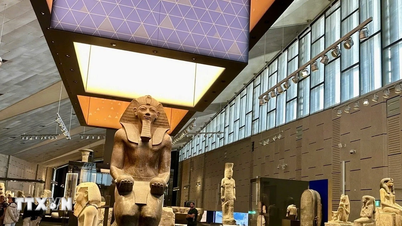

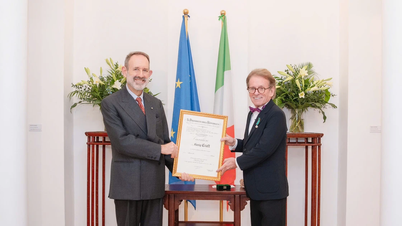


![[Photo] Panorama of the Patriotic Emulation Congress of Nhan Dan Newspaper for the period 2025-2030](https://vphoto.vietnam.vn/thumb/1200x675/vietnam/resource/IMAGE/2025/11/04/1762252775462_ndo_br_dhthiduayeuncbaond-6125-jpg.webp)
































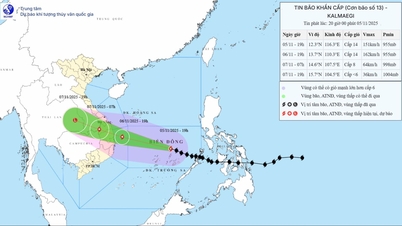

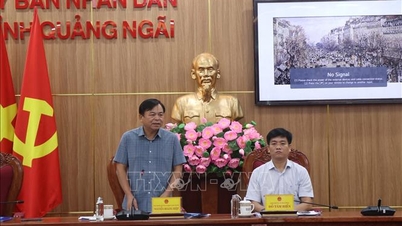

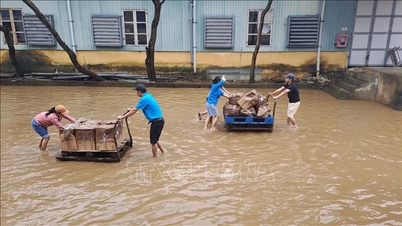


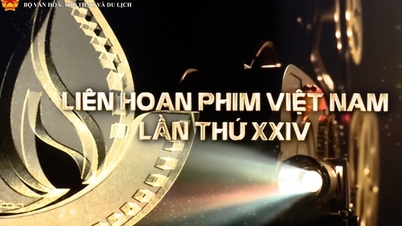






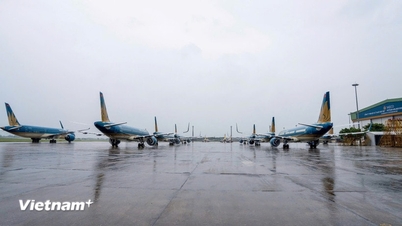

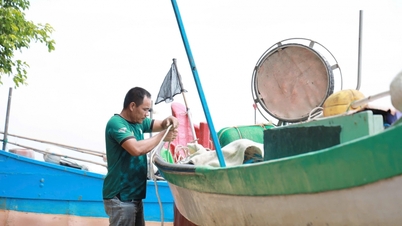


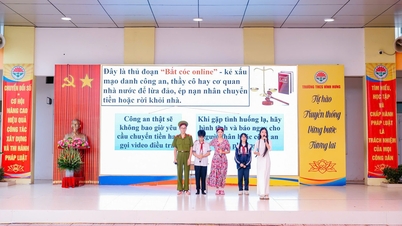

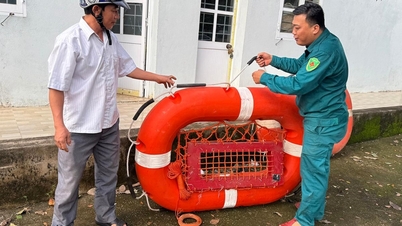













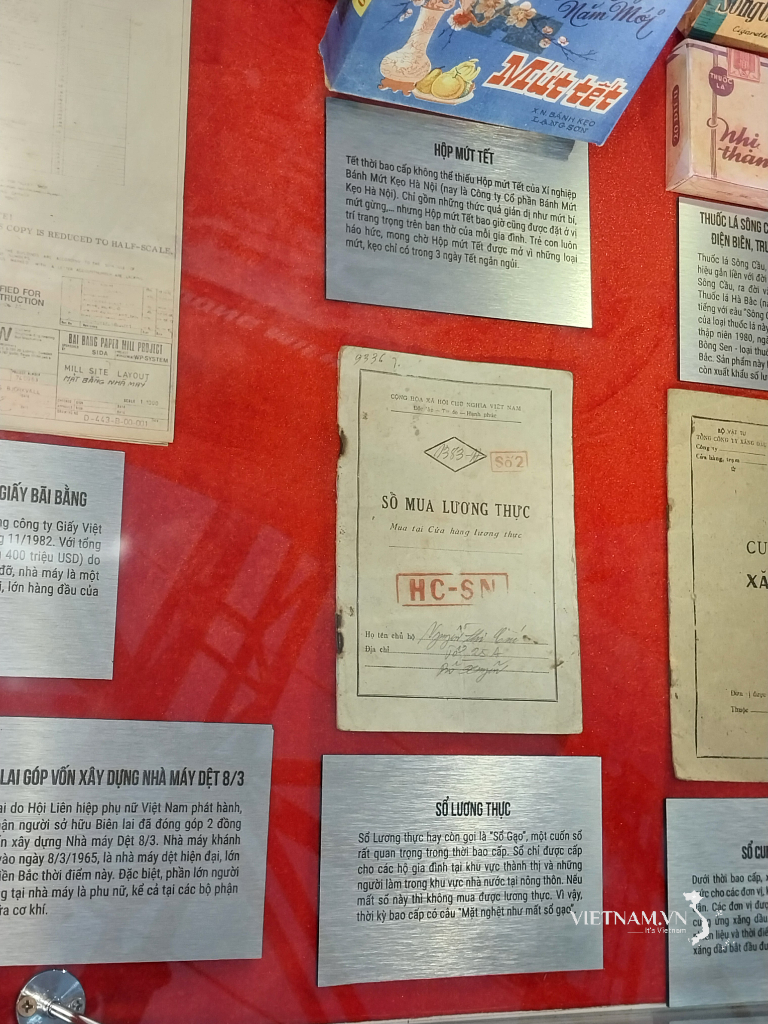

Comment (0)